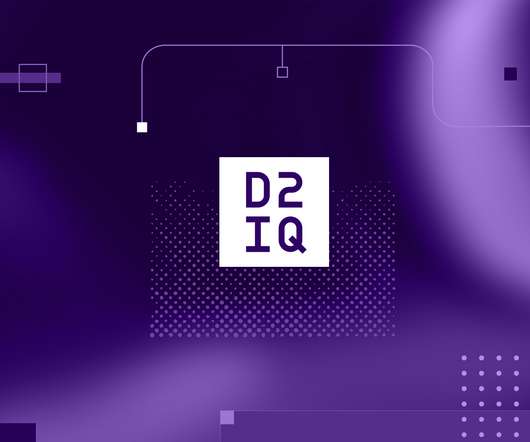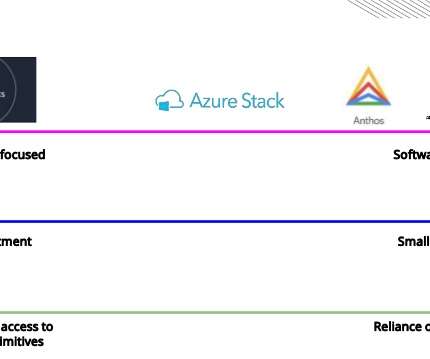10 tips for modernizing legacy apps for the cloud
CIO
AUGUST 2, 2023
Assess resources — and partner as necessary Successfully modernizing legacy apps starts with tackling the upfront work needed to identify the workloads and assets that will be moved to the cloud, as well as dependencies, licensing impacts, and business use cases and benefits. “It



















Let's personalize your content